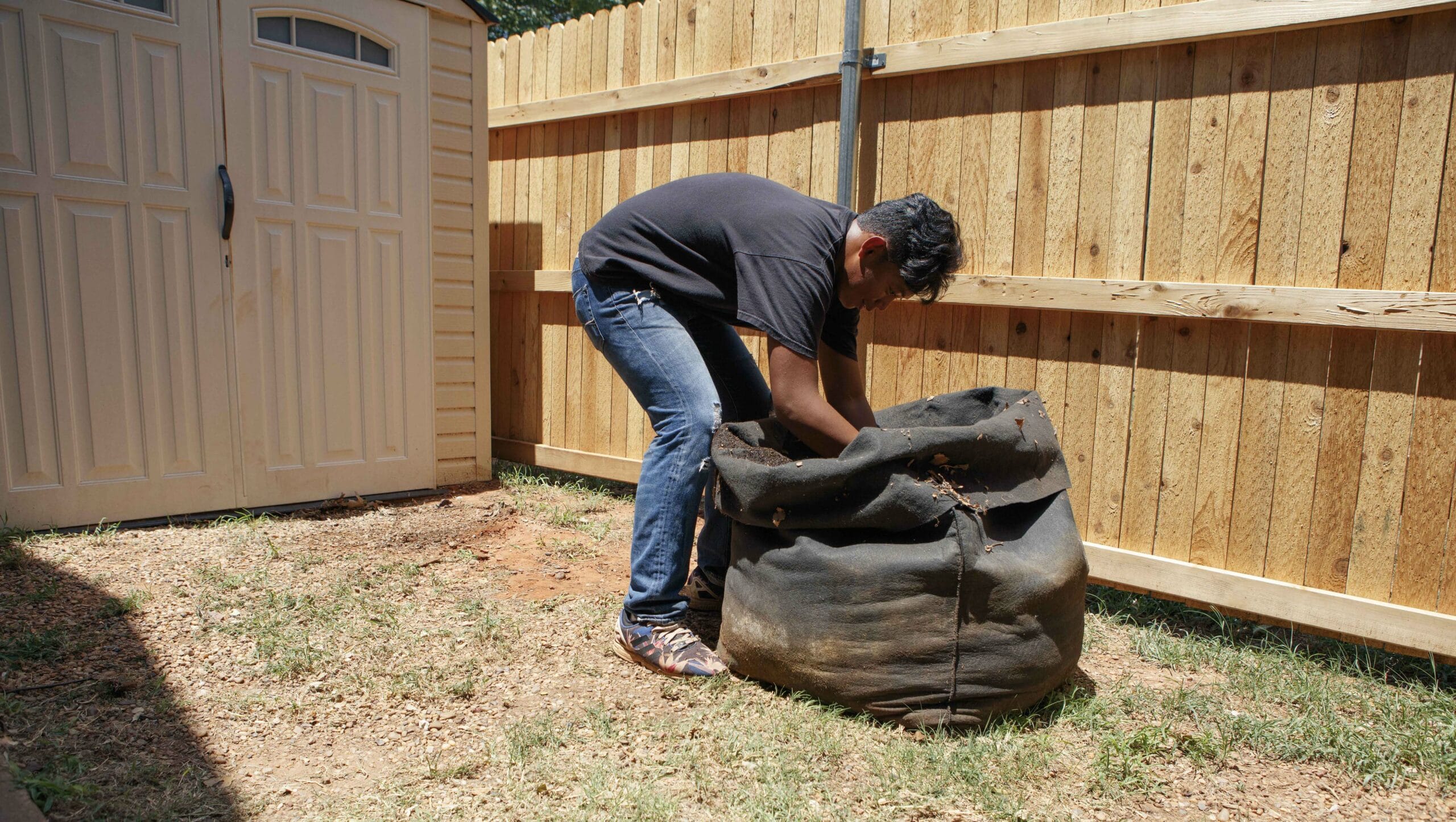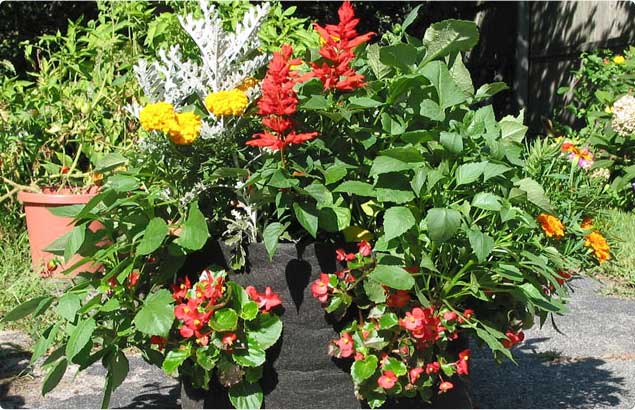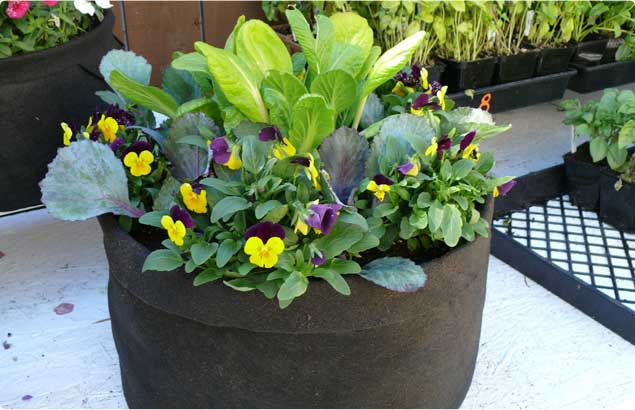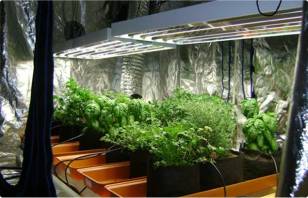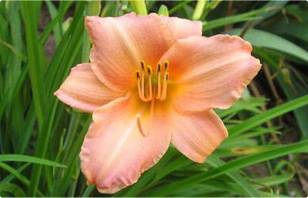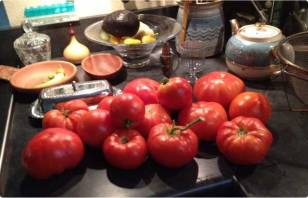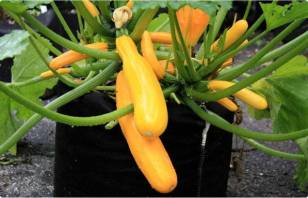Tips for Gardening in Cold Weather
Fall is upon us and temperatures are plummeting — especially in northern climates where the growing season is shorter. But that doesn’t mean you’re doomed for a frosty reception in the garden. With a little planning, you can grow vegetables and ornamentals to your heart’s content. Here are five tips for cold climate gardening.
Get in the Zone
When you’re gardening in cold climates, consult the USDA Plant Hardiness Zone Map. This invaluable information will help you identify suitable varieties for your location. Once you’ve identified your hardiness zone, the next step is choosing cold tolerant plants that are right for your geography. Hmmmm. If only there were someplace where all the world’s information were stored in searchable form…
Keep It Local
In sports, there’s a famous phrase: “train like you play.” That goes for plants, too. Purchase cultivars that have been raised in the same conditions they’ll be grown in. Those glamorous online photos can make your mouse finger itchy. Don’t do it! Buy from local nurseries when possible to give your plants the best chance to thrive.
Be Picky
If you’re growing vegetables in cold weather, pick the right varieties for the job. Select cold tolerant plants that can survive AT LEAST a mild frost. These include corn, cowpeas, cucumbers, eggplant, melons, okra, peppers, squash and tomatoes. For a harder frost, you’ll need hardier crops. Select varieties like these that survive down to 22° F: arugula, radishes, celery, cilantro, fava beans, Russian kales, kohlrabi and winter cress. Craving lush, beautiful ornamentals to brighten the colder months? Try brilliant calendula, vibrant dianthus, glowing snapdragons or sweet alyssum.
Mulch with Compost
Sure, mulch looks great. But it’s also a functional addition when you’re gardening in cold weather. Because winter air tends to be dry, bare soil dehydrates much faster in cooler months. Mulch traps daytime heat in the soil and locks in moisture. And don’t forget — decomposing compost creates heat. It’s not as effective as a greenhouse, but it adds a layer of protection. And in the spring, all that organic matter will kick your garden into overdrive!
Use a Cold Frame
Not everyone has the space or budget for a green house. A cold frame is a smaller and cheaper alternative for growing vegetables in cold weather. The idea is the same. Cold frames use a translucent or transparent top to trap heat inside the growing area. You can build them from a wide variety of materials — even straw bales! To keep your plants healthy, remember to vent your cold frame frequently. And keep an eye on the heat. On warm days, temperatures inside your cold frame can soar, harming your precious crops. Hang a thermometer in your cold frame to keep an eye on temps.
Cold weather is on the way. But there’s no reason to give your garden the cold shoulder. With a little elbow grease, you can keep on keepin’ on with cold tolerant plants. The weather may be frightful
